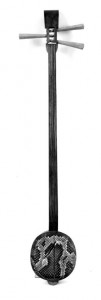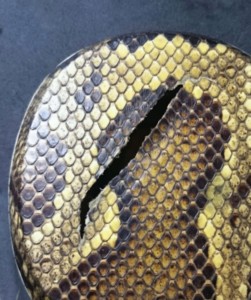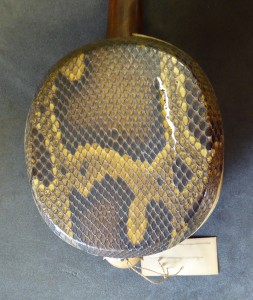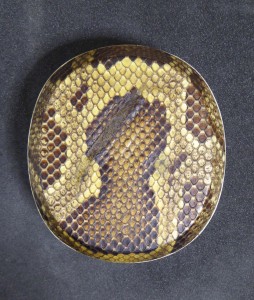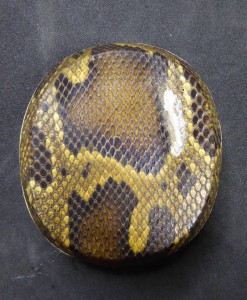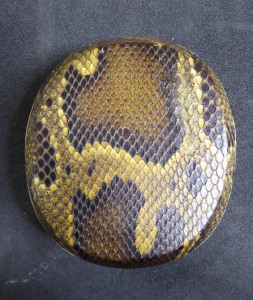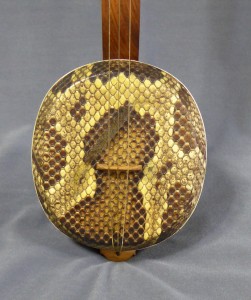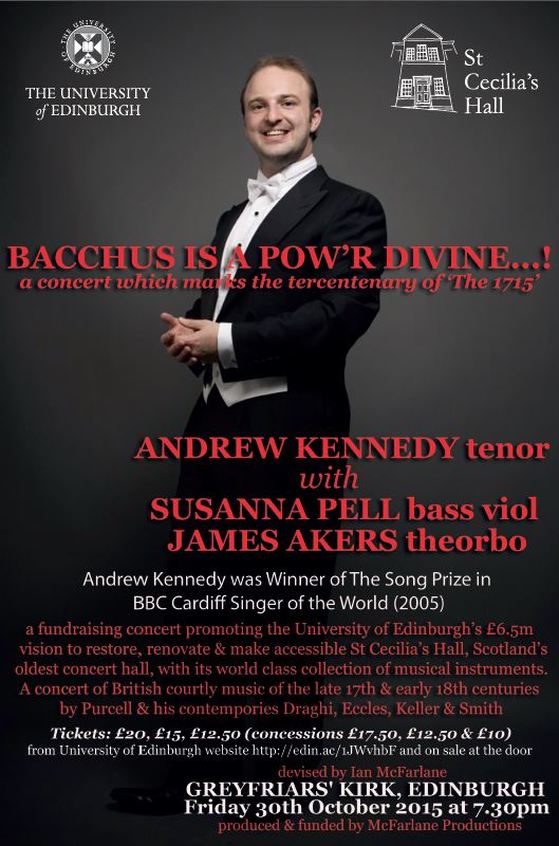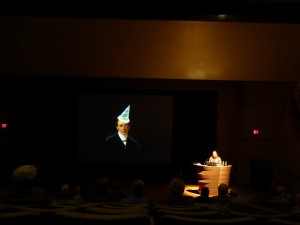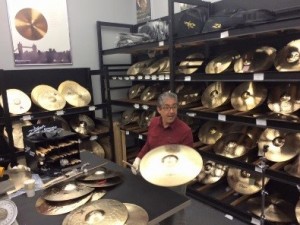The transformation of Scotland’s oldest purpose built concert hall into a centre of excellence for the study, display and enjoyment of historic musical instruments has taken a major step forward with a significant funding award.
The St Cecilia’s Hall Redevelopment Project has been awarded £823,500 by the Heritage Lottery Fund (HLF). The award is a key part of the University’s £6.5 million vision to restore, renovate and make accessible Scotland’s oldest concert hall and its world class collection of historic musical instruments.
The University is a leader in musical instrument research and St Cecilia’s Hall is home to one of the most important historic musical instrument collections anywhere in the world. St Cecilia’s Hall is a place where visitors can discover forgotten sounds and musical styles, learn about beautiful instruments and find out about the cultures of the people who created and played them.
The HLF award will fund new ways for audiences to enjoy and experience the instruments. There will be live demonstrations, innovative use of sound and recordings, song-writing projects, exhibitions about instruments and their owners, resources for schools, ‘brown bag’ concerts and much more.
The redeveloped Hall will combine over 1,000 world-class objects, research and teaching, sounds and stories; all set within the interiors of a refurbished and extended building. The plans, being developed by architects Page \ Park, will reinstate the 18th century character of the venue, restoring the original historic frontage and repairing the external stonework. A new entrance with a double-height feature door will be highly visible from the Royal Mile. The oval Concert Hall at the heart of the building will be completely restored and the original acoustic reinstated.
Jacky MacBeath, Head of Museums and Deputy Head of Centre for Research Collections, said:
“We are absolutely thrilled with this award from the Heritage Lottery Fund, it’s a huge boost to the project which focusses on revealing St Cecilia’s Hall as one of the Old Town’s most important historic places, transforming access to this special building and its unique collections of international significance”.

